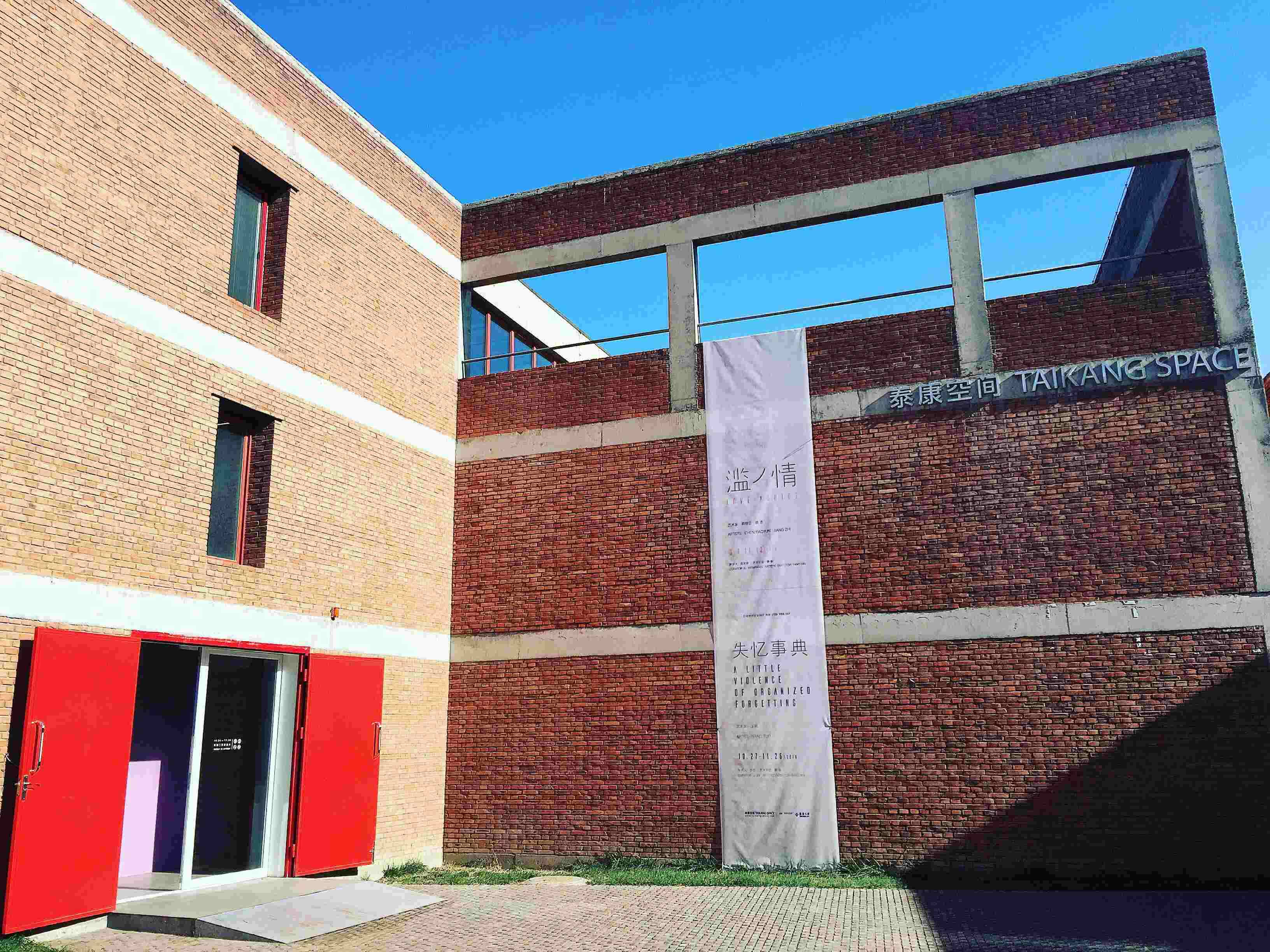
Business
17:49, 05-Jan-2017
China's private museums: art or vanity projects? - Part 2 of CGTN's 'Brush Hour' series
Updated
10:31, 28-Jun-2018

CGTN business correspondent Martina Fuchs explores the world of China's private museums and the role they play in China's booming art market.
From the Ullens Center for Contemporary Art and the M WOODS Museum in Beijing’s 798 art district, to the Red Brick Art Museum, the Today Art Museum or the Taikang Art Space further afield, private art museums are springing up across town.

Taikang Art Space in Beijing
Taikang Art Space in Beijing
Many of them are not-for-profit institutions whose mission it is to support the development of Chinese contemporary art.

Taikang Art Space in Beijing
Taikang Art Space in Beijing
Over the past few years, China's billionaires have also smelled the opportunity. They now not only aspire to enrich their collections and diversify their investments, but have also developed a desire to leave a cultural legacy behind by building their personal iconic museums. As British artist Damien Hirst once famously said:
"Buy art, build a museum, put your name on it, let people in for free. That's as close as you can get to immortality."

Oil painting by Zeng Fanzhi at the UCCA
Oil painting by Zeng Fanzhi at the UCCA
According to China Museums Association, the number of museums built in China by both the government and private individuals jumped from 2,601 in 2009 to 4,164 in 2014, a 60% jump. However, the country is starting from a low base. Figures from the U.S. Institute of Museum and Library Services show that America is home to more than 35,000 museums and art institutions.

Exhibition by Zeng Fanzhi at the UCCA
Exhibition by Zeng Fanzhi at the UCCA
But with the mushrooming growth comes a myriad of challenges. Critics have pointed out that private museums are often empty vanity projects without intellectual clout, founders lack the necessary management skills, or the owners fail to pay the art storage and transport bills.
Possibly most important of all is private museums in China add a welcome diversity of colors and patterns to the country’s cultural makeup.

Business reporter Martina Fuchs interviewing UCCA's CEO May Xue
Business reporter Martina Fuchs interviewing UCCA's CEO May Xue
Show: Global Business on China Global Television Network (CGTN)

SITEMAP
Copyright © 2018 CGTN. Beijing ICP prepared NO.16065310-3
Copyright © 2018 CGTN. Beijing ICP prepared NO.16065310-3